Foreign currency reserves drop by $252m
Debt repayments weigh heavily as SBP holdings decline to $11.17b, gold reaches new highs and rupee steadies at 279.26/
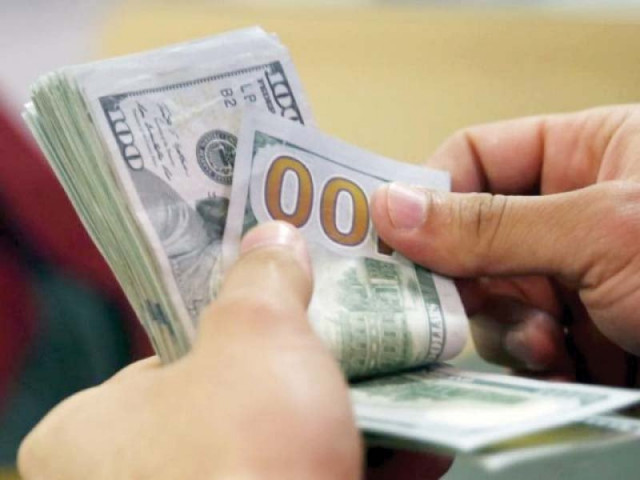
Pakistan's foreign exchange reserves declined by $252 million, bringing the State Bank of Pakistan's (SBP) total holdings to $11.17 billion due to external debt repayments.
As of February 7, 2025, Pakistan's total liquid foreign reserves stood at $15.86 billion, with the SBP holding $11.17 billion and commercial banks' reserves at $4.70 billion.
"During the week ended on 07-Feb-2025, SBP reserves decreased by $252 million to $11,166.6 million due to external debt repayments," the SBP stated.
Foreign reserves have fluctuated due to economic challenges and debt repayments. However, commercial banks' reserves increased by $69 million to $4.70 billion, according to Arif Habib Limited (AHL).
Over the fiscal year to date, reserves have grown by $1.87 billion, but compared to December 2024, there has been a $65 million decline. Import cover, which reflects the number of months Pakistan can sustain imports with its current reserves, slightly decreased from 2.10 months to 2.05 months, based on an average of $5 billion in monthly imports over the last three months.
Reserves peaked above $27 billion in mid-2021 but have since declined due to external obligations. However, recent months have shown some stabilisation, with both SBP and commercial bank reserves gradually improving. The import cover has also strengthened compared to mid-2024, when it was around 1.66 months.
Pakistan faces a unique economic situation regarding the US dollar. The SBP governor recently admitted that the central bank purchased $9 billion from the market to stabilise reserves. Experts argue this move weakened the rupee, which could have otherwise appreciated by Rs40, bringing the exchange rate down to Rs240 per US dollar.
A stronger rupee would increase purchasing power and provide relief from years of high inflation. However, it would also limit SBP's ability to build reserves, creating a trade-off between economic stability and affordability.
Conversely, a weaker rupee benefits exporters by making Pakistani goods more competitive in global markets. However, critics argue that exporters have failed to innovate or improve efficiency, instead relying on government protectionwhether through a high-priced dollar or billions in annual subsidies. They contend that instead of adapting to global competition, exporters prefer to remain in their comfort zone.
After a brief dip in the previous session, gold prices in Pakistan surged sharply on Thursday, following an upward trend in international markets. The price of one tola of gold jumped by Rs2,500, reaching a record high of Rs304,000, according to the All-Pakistan Gems and Jewellers Sarafa Association (APGJSA).
Gold is traditionally viewed as a safe-haven asset during economic uncertainty, though rising interest rates often reduce its appeal as a non-yielding investment. Globally, gold prices edged higher on Thursday, with investors closely monitoring US trade policies under President Donald Trump, particularly expected tariff announcements that could impact financial markets.
Adnan Agar, Director of Interactive Commodities, noted that while the market shows upward momentum, signs of cooling off have emerged. If gold continues to rise without correction, it may face a sharp pullback. However, a gradual correction would offer more stability.
Agar also pointed out that traders are closely watching US tariff policies and geopolitical developments, as these factors could influence price movements. He suggested that if gold reaches its next target, a massive correction of $400$500 per ounce could occur due to profit-taking. Over the past 18 months, gold has gained significantly without a major correction, making future price movements crucial to watch.
Meanwhile, the Pakistani rupee remained stable against the US dollar in the inter-bank market on Thursday, closing at 279.26 per dollar, unchanged from the previous session.


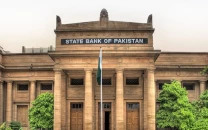

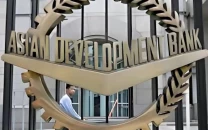
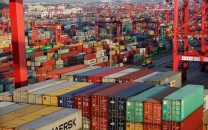
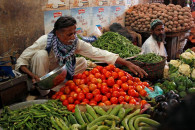

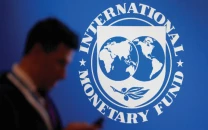

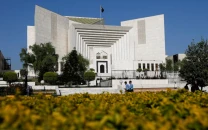
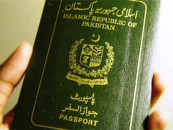







COMMENTS
Comments are moderated and generally will be posted if they are on-topic and not abusive.
For more information, please see our Comments FAQ